TRETIMAXX – Tretin Cream
£15.99 – £17.99
A powerful retinoid treatment available in 0.025%, 0.05%, and 0.1% strengths. Tretin promotes faster skin cell turnover, helping to treat acne, reduce fine lines and wrinkles, and improve skin texture and tone. It works by stimulating collagen production, boosting skin elasticity, and reducing signs of ageing, making it a go-to solution for smoother, clearer skin. Start with a lower strength if you’re new to retinoids and gradually increase as your skin builds tolerance. Always use sunscreen in the morning, as tretin can increase sun sensitivity
Tretin Strengths & Usage Guide
Understanding the Different Strengths
Tretin 0.025% (Lower Strength)
- Best For: Beginners or those with sensitive skin.
- Benefits: Gently promotes cell turnover, helping to improve skin texture, reduce fine lines, and treat acne with a lower risk of irritation.
- Suitable For: Those just starting with retinoids or people with more sensitive skin.
Tretin 0.05% (Moderate Strength)
- Best For: Individuals looking to address acne, uneven skin tone, and fine lines.
- Benefits: Offers a more noticeable improvement in skin texture, acne prevention, and wrinkle reduction while maintaining a balanced approach.
- Suitable For: Those with skin already accustomed to lower-strength retinoids or individuals needing a stronger treatment.
Tretin 0.1% (High Strength)
- Best For: Severe acne, deep wrinkles, or sun damage.
- Benefits: Provides intensive cell turnover, helping to reduce severe acne, sun spots, wrinkles, and uneven skin tone at a faster rate.
- Suitable For: Experienced retinoid users or those with more stubborn skin concerns.
How to Use
Application Tips:
- Start Slow: Tretin can cause irritation when first introduced, so start with 2-3 times a week and gradually increase as your skin builds tolerance.
- Apply at Night: Tretin can increase sensitivity to sunlight, so always use it as part of your evening routine.
- Pea-Sized Amount: A small amount goes a long way. Apply a thin layer over your entire face, avoiding sensitive areas like the eyes and mouth.
- Moisturise Well: Follow up with a rich moisturiser to soothe the skin and reduce dryness or irritation.
- SPF Daily: Use sunscreen every day as tretin makes the skin more susceptible to sunburn.
Frequency:
- Tretin 0.025%: Start 2-3 times a week and increase gradually as your skin tolerates it.
- Tretin 0.05%: Use 3-4 times a week, and increase frequency as tolerated.
- Tretin 0.1%: Start with 2-3 times per week and build up to nightly use as your skin adjusts.
Pro Tips:
- Avoid Mixing with Other Strong Actives: When using tretin, avoid mixing with other exfoliants, such as glycolic acid or benzoyl peroxide, as it may lead to excessive dryness or irritation.
- Expect Purging: Your skin might go through a purging phase where breakouts temporarily worsen before improving.
- Always Patch Test: If you’re new to tretin, patch test to check how your skin reacts before applying it to your entire face.
| Weight | N/A |
|---|---|
| Percentage | 0.025, 0.05, 0.1 |
Only logged in customers who have purchased this product may leave a review.
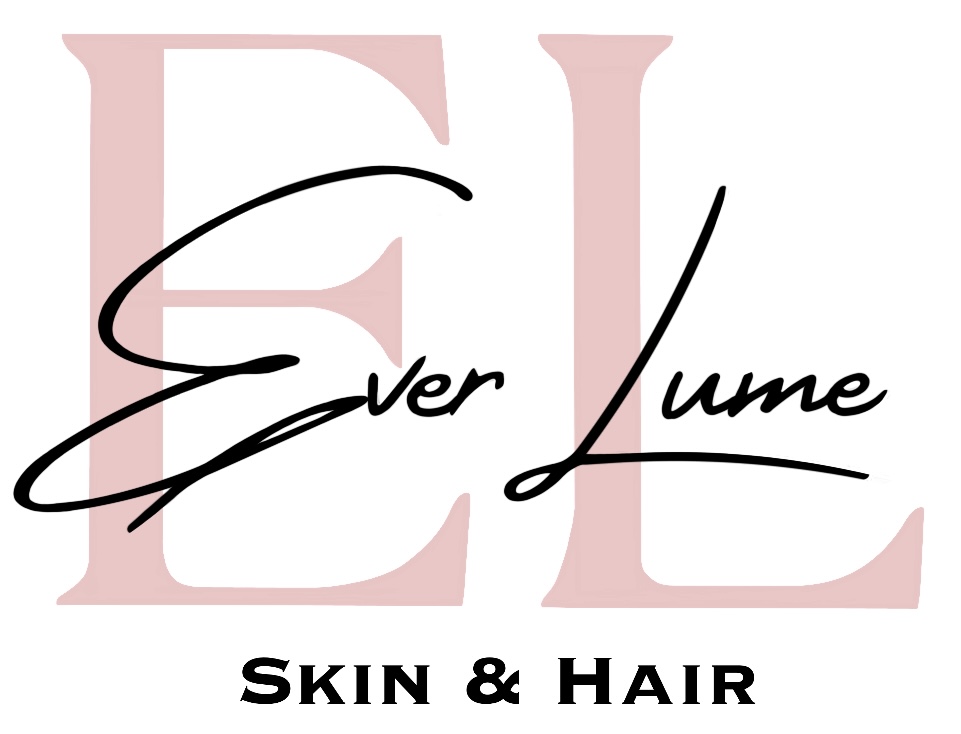

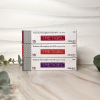
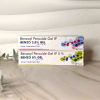
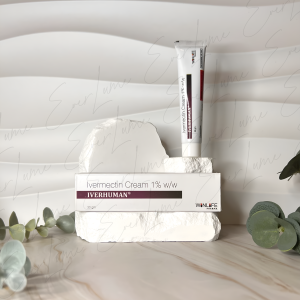
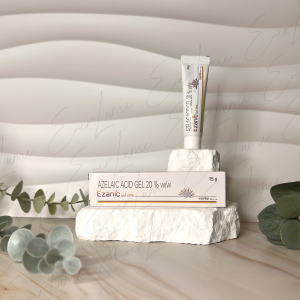
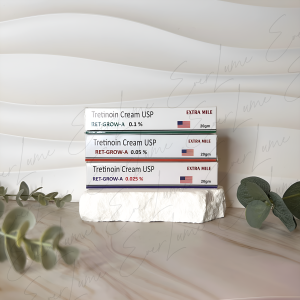
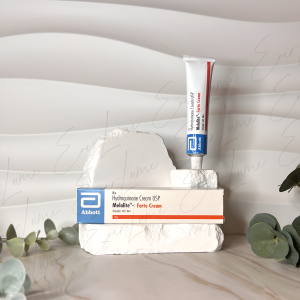
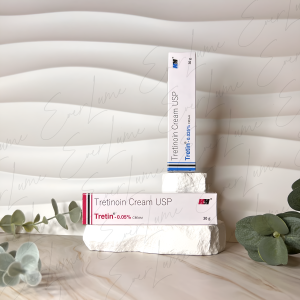


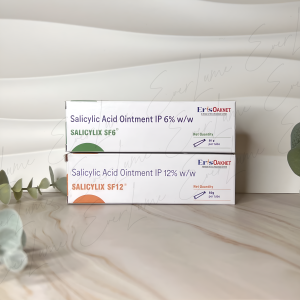
Reviews
There are no reviews yet.